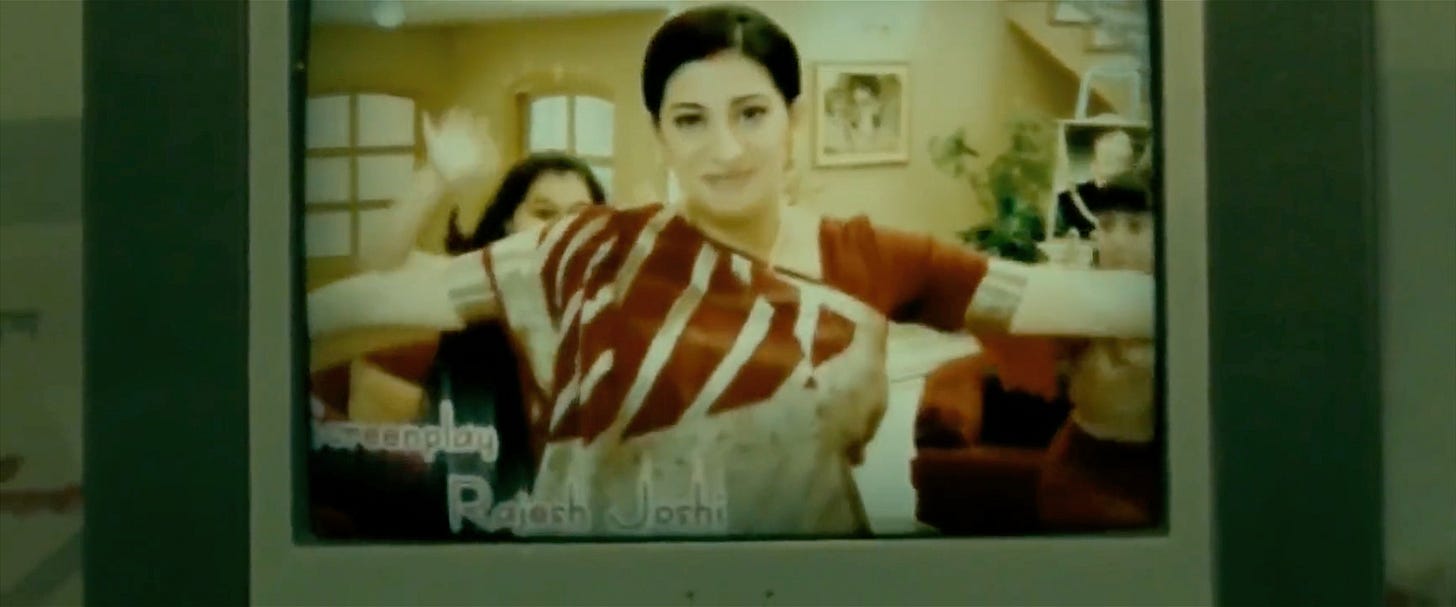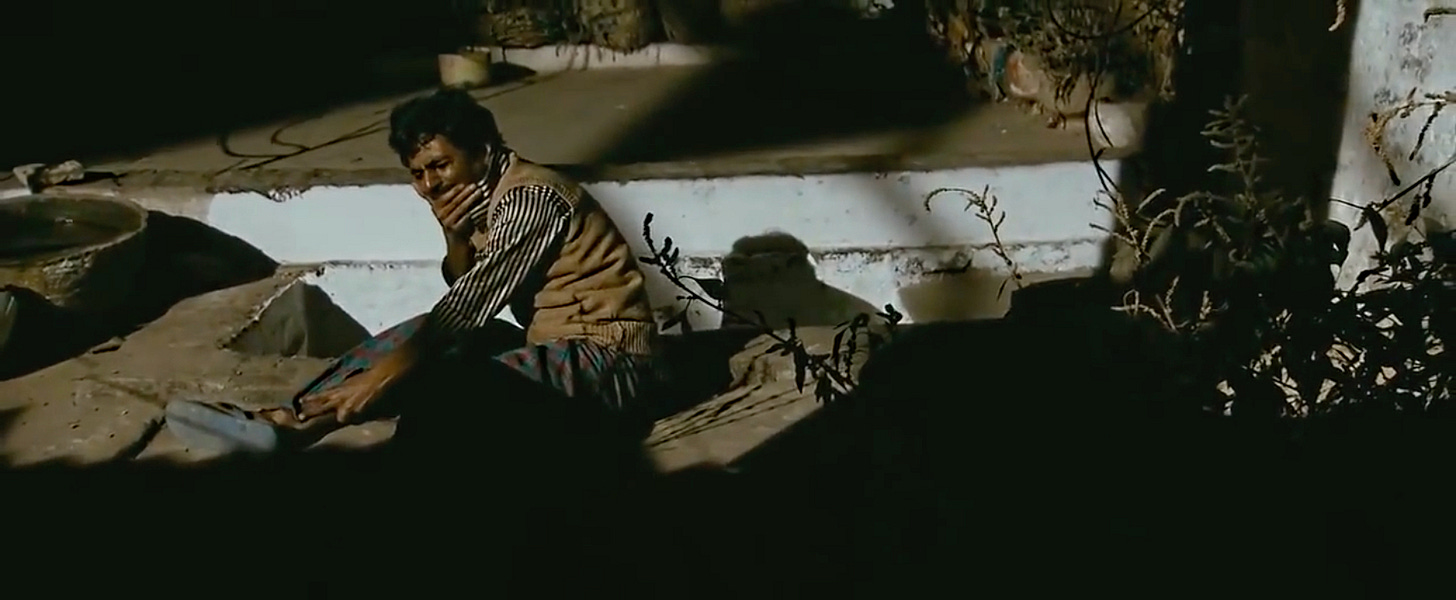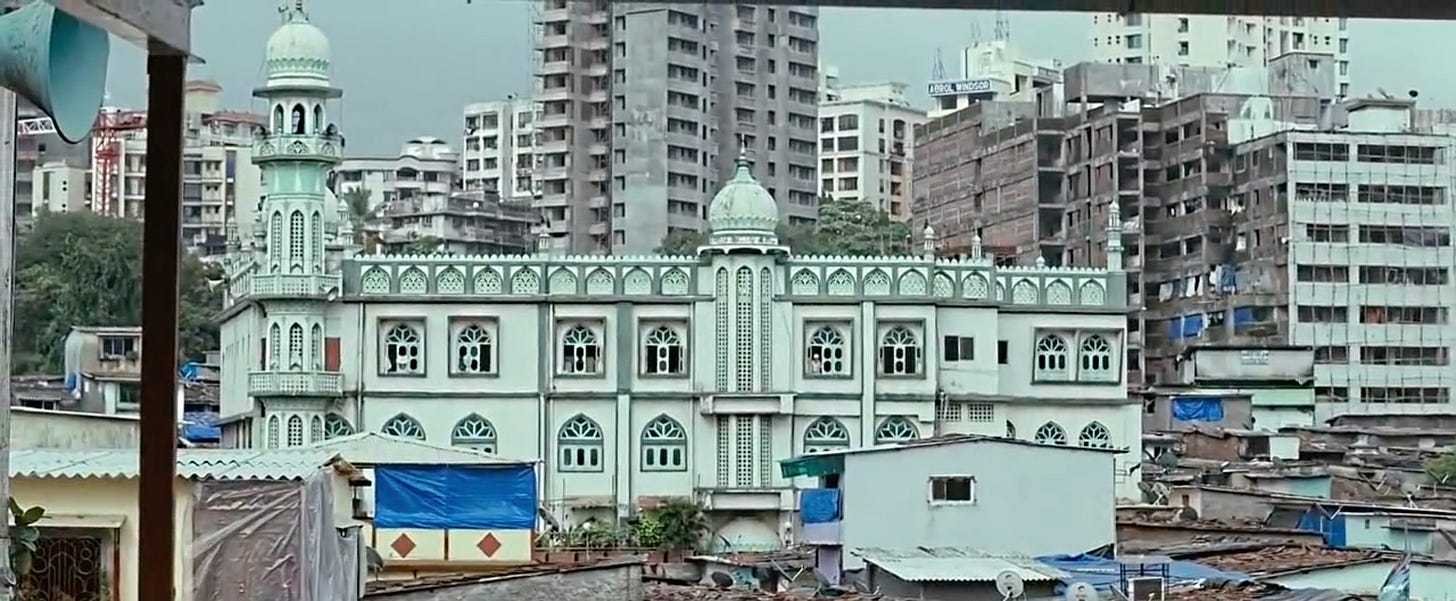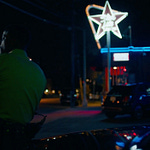Quick note: this has been a while between recording and release. You’ll notice almost immediately, when we say David Warner died, er, “last week”.
Dear friends,
Dramatic payoff is one thing, but there’s an immense and specific satisfaction to the climaxes of the very best crime films. This is, to be sure, a pretty nebulous generic designation that can centre gangsters, professional thieves or small-town crooks; or indeed lawmakers, enforcers or civilians caught up in the middle. But it seems axiomatic that all such films have in common an appeal inherently absent from, say, a romcom or a family drama: whether the film’s payoff lies in the success or the defeat of its criminal element, and no matter the film’s overarching perspective or alignment, its buildup rests on the audience’s willingness to play around in the margins of society and morality. Even an unambiguously pro-law flick such as Richard Fleischer’s US Treasury-supported semi-doc Trapped (1949) rests entirely on the thrill of spending time with slimy, nasty counterfeiter Lloyd Bridges, and realising at the end a simultaneous moral gratification (the narrative parts fit together; the government operation succeeds and Bridges gets what’s coming to him) and, if only to a very minor extent, sympathy with the outlaw who can’t get away.
The two-part epic Gangs of Wasseypur takes this to still more extreme lengths over its near five-and-a-half hours, focusing on two successive protagonists as well as myriad supporting players and subplots, using digressions and digressions from digressions as it spins the fictionalised tale of 60-plus years in India’s Dhanbad region. We are aligned with various members of the Khan family, organised criminals who are driven simultaneously by prosaic ambition and a highly dramatic thirst for vengeance against the kingpin who had patriarch Shahid killed back in 1947. (It’s a foundational part of the film’s symbology that this occurs at the time that the Indian subcontinent was declared officially independent from the British Empire and blithely left to sort out its own complex social and geographic divisions.) When vengeance does come, in Wasseypur’s final minutes, it is prolonged and operatic: a practically never-ending stream of bullets, bursting squibs and hardcore techno music. With admirable self-consciousness, director Anurag Kashyap seems to say to us: here you go; this is what we all wanted; we’re finally there; enjoy it. In other words, if the text is the story of pay-back, the metatext is all about pay-off.
Much of the movie’s subplot-heavy structure, and therefore its unusual length, is redolent of India’s masala movie tradition, though Kashyap is one of a number of fairly recent innovators who have found ways to blend this heightened approach with something more consistently naturalistic. It’s a stylistic binary that comes to undergird the many binaries littering the (again, bipartite) narrative—and one summed up deliberately during the final act by “big bad” Ramadhir (the marvellous Tigmanshu Dhulia), who attributes his long-term success in the real criminal world to not preoccupying himself with the fictive realm of Bollywood movies. It’s a puckish detail from a screenwriting team determined to have their generic cake and eat it.
Perhaps the single sequence that most resembles our idea of aesthetic “long-ness” is one that also explicitly works through the stylistic binary. Four hours and 20 minutes in, the prologue (Oh yeah, you think, I remember that) is revisited, and then extended (or answered). The sequence in its initial form is pure spectacle within a grand mainstream tradition: a bunch of gangsters come and shoot up their enemy’s sanctum. It is loud, flashy, quickly edited. When Kashyap and team return to it, however, the second part of this event—the one that shows what, exactly, happened to the attack’s target—is an almost total stylistic reversal. Here, Khan family leader Faizal (Nawazuddin Siddiqui) escapes across the rooftops… but slowly, cautiously, quiet as a mouse. Kashyap stays up there with him. Cinematographer Rajeev Ravi draws focus not to the technical brio of the apparent eight-minute unbroken take, but to the expressive physicality of Siddiqui’s performance. The soundtrack consists of Faizal’s heavy breathing, his footsteps, and, more quietly, the flashes of gunfire below him that signify this moment’s ostensible rejection of spectacle. At one point, Faizal lands badly on his ankle and sits there for a minute, in pain, before getting up and escaping underground to reunite with his family. All the generic action of this shoot-out is absented, and concentrated through the image of a single person trying to avoid that action. It rocks!
The sequence not only speaks back to its own prologue, it also has obvious parallels with other moments across the film—perhaps most obviously the murder of Faizal’s father, Sardar (Manoj Bajpayee), which closes Part 1. Each moment sees these men, who are successive leaders of the family enterprise and successive protagonists of the movie, targeted in a hail of bullets that they deal with in lengthy detail. Of course, where Sardar is shot to death, Faizal escapes entirely, but both attacks are presented as much through the balletic movements of the leading men as through the usual motifs of bullets and squibs. A further parallel then arrives at the very end when Faizal does meet his maker. Having survived his big hail-of-bullets scene, he is ultimately despatched while in a car, the same as his father. All this is to say that Gangs of Wasseypur, as a grand structure, possesses the same knotty, fractal scaffolding as several films previously discussed on this podcast. It points, therefore, to one of the more fascinating “uses” of lengthy filmmaking: it provides the space for artists to really open up a given genre, poke around within and explore in great detail its variations, complexities and contradictions.
In this film, the tight payoff of the crime genre and the subplot-heavy tradition of the masala movie are stretched, multiplied and elevated to an almost unwieldy superstructure that contains the flow and repetition of history in all its horror. The project encodes a postcolonial critique as well as a Marxist reading of criminality, via a genre-focused discussion of popular culture—and so much more besides. It has a lot on its mind! And is four minutes longer than the first two Godfathers combined!
As ever, thanks very much for listening. Please do go and rate/review us on Apple/Spotify/wherever else you find us. And tell your friends, so we can continue to expand our criminal empire!
—Calum & Eddie














Share this post